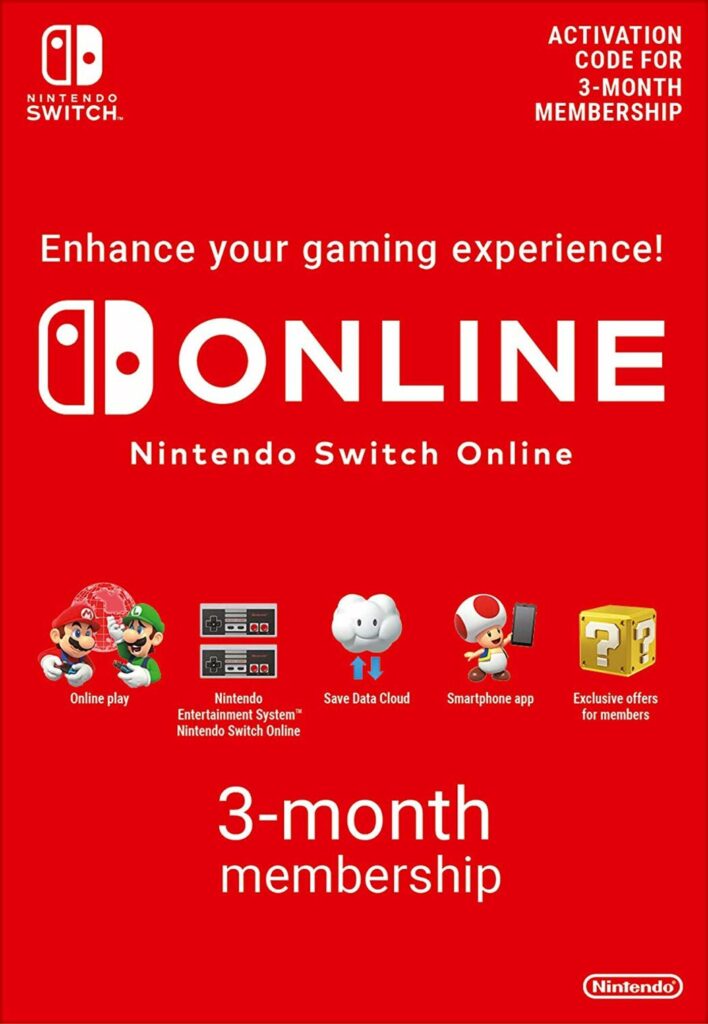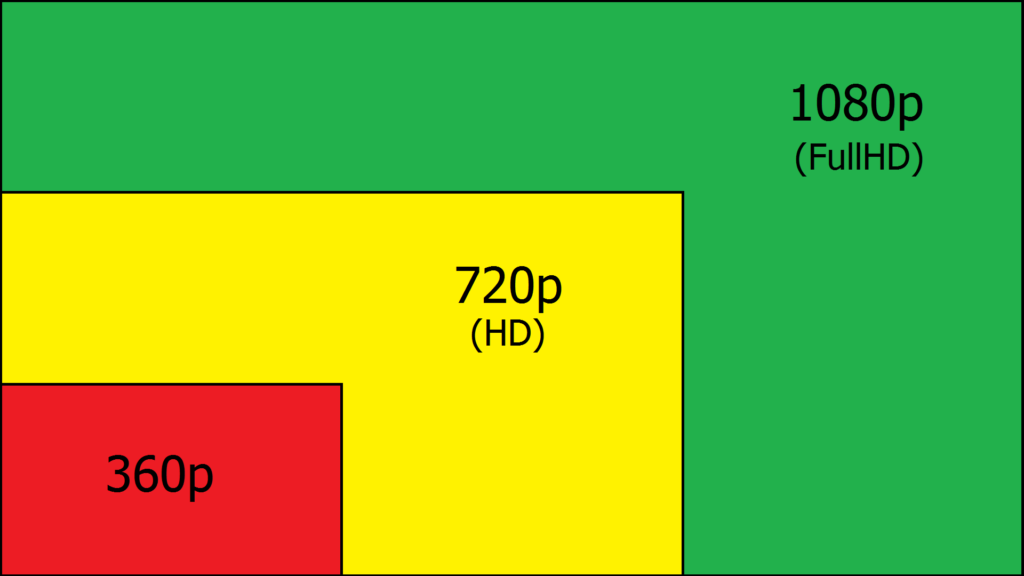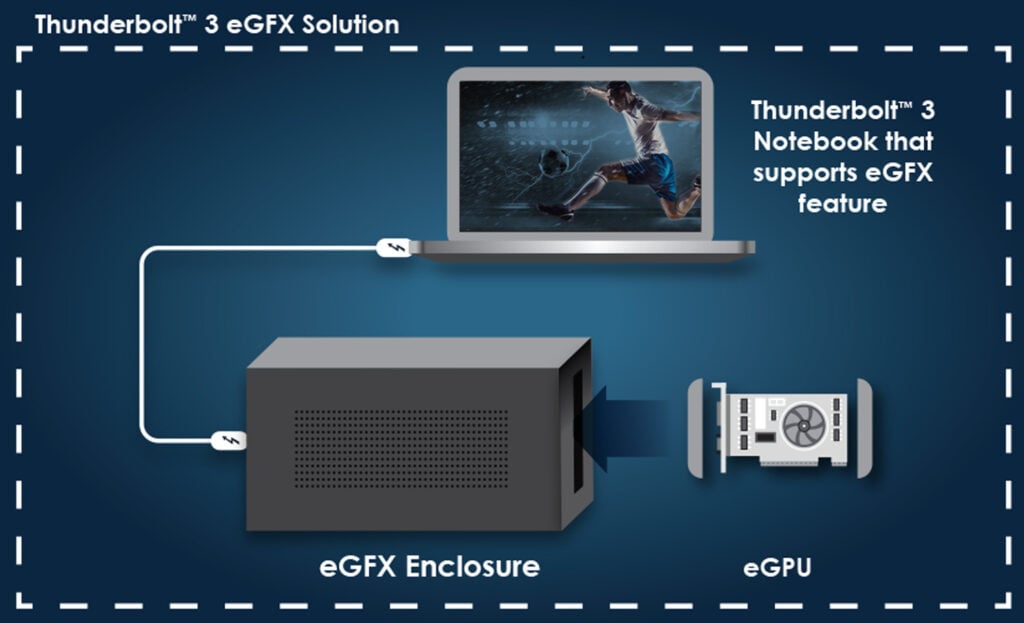Features
Nintendo Switch Features We Most Want

Switch’s Most Wanted…
When the Nintendo Switch was first released back in March of 2017 there were a few warts and blemishes that the general audience was willing to overlook for the novelty of the device. One such shortcoming that puzzled everyone was the lack of Bluetooth audio. On such a portable device Nintendo’s decision to arbitrarily withhold such a portable focused feature was baffling. Nearly five years later the novelty of a hybrid console is no longer capable of doing as much heavy lifting as it once did, and those blemishes aren’t as easy to overlook. Nintendo finally graced Switch players with Bluetooth audio in the console’s latest update and people the world round rejoiced; here are the most desired features Nintendo should address next.
1. Party Chat
Nintendo’s solution for online voice chat on Switch is downright laughable. While not many games require voice chat as by nature the Switch is primarily a single-player device, the convolute solution Nintendo has provided is a hindrance to any online multiplayer experience. The simple fact that games like Fortnite, Friday The 13th, and Killer Queen Black have chosen to build in their own in-game voice chat rather than having a system-wide implementation to rely on demonstrates the severity of this shortcoming.
As it stands now players have been forced to organize their voice chat for game sessions using third-party services like Discord. While this may be fine for existing gaming groups it stymies any hope for organic on-platform growth for the Nintendo Switch Online service. Rather than socialization being an implicitly positive externality of the online experience, it feels as though players are being forced to jump through hoops because Nintendo couldn’t care to build in an industry-standard feature.

2. A more modern online experience
In a single word, Nintendo’s online service experience is, weird. While the big N offers some things like a library of retro games and more focused parental settings, they still don’t seem to grasp simple things like friend requests, online ID’s, messages, and invites. With the growing ubiquity of publicly available wi-fi and 5G wireless networks making online gaming on the go more of a reality than ever, a radical overhaul of the online experience is rapidly approaching becoming a necessity.

Microsoft’s foray into cloud gaming increasingly closing the gap between the native and streaming experiences and Sony’s seemingly inability to do any wrong in the eyes of their customers should be all the motivation needed to keep Nintendo innovating. Sony has a proven track record of disrupting the handheld market; the Nintendo DS was great at least in part because of the Sony and the PSP pushing the DS to compete and offer better software. Like any other industry, both companies were at their best with competition in the market. Nintendo’s current lack of competition in the handheld space will undoubtedly lead to lackadaisical hubris rather than a better product and service for the consumers.
3. Virtual Console
One of Nintendo’s biggest strengths over the past two console generations has been its commitment to the preservation of its legacy. The Wii, Wii U, and 3DS all featured robust virtual console libraries available for individual purchase via the Nintendo eShop. For many younger gamers, the virtual console was their first experience with all-time greats like The Legend of Zelda: Ocarina of Time, Sonic 2, and Super Mario World. For nearly 12 years Nintendo was criticized for repeatedly selling the same games to their audience. While that may have been true it was certainly preferable to have the option to purchase and play those games again as opposed to not being able to play legacy titles at all on the PlayStation 4 or being constrained to a limited library of backwards compatible titles on the Xbox One.

Despite their criticisms, when the Switch launched without a virtual console fans were displeased. The general sentiment seemed to be that such a portable console that was so easy to pick up and play was the perfect place for the virtual console to exist. Players wanted lower fidelity games for a better travel experience. The obvious solution here is for Nintendo to bring back the virtual console. Offering a two-tiered approach of games in lesser demand being included on the Nintendo Switch Online service while selling more in demand games like Ocarina of Time at a premium would allow Nintendo to both have their cake and eat it too.
4. 1080p
Upon the introduction of the Switch OLED model this summer, gamers were left baffled as to why Nintendo was again opting for the relatively low-resolution 720p panel when the display was clearly the new model’s primary focus. Without upgraded internals, the OLED panel and redesigned kickstand were expected to do a significant amount of the heavy lifting, weight that could have been alleviated by additional pixels.
Several hardware upgrades would without a doubt fall under the purview of a Switch Pro type device but the addition of a 1080p panel in a smaller refresh is something that on the surface seems reasonable. The case against a 1080p panel, however, is just as reasonable. Being a handheld device running on battery the entirety of designing the Switch experience must have been a balancing act for Nintendo engineers. While a 1080p panel seems like a simple upgrade on paper and would undeniably look better it would come at a cost to both the consumer and more importantly the Switch hardware. Pushing more pixels demands more processing power. Processing power that the Switch may not have. As is, the console is notorious for scaling back resolution on more demanding titles as one of the first lines of defense. While 720p may not be ideal it could be a necessary evil to keep the console running at reasonable temps making a 1080p panel more of a pipe dream than anything else.

5. Fast Charging
A faster charge may seem like a simple-minded “no duh” kind of improvement, and that’s because it is. Portable devices charging faster is always a good thing (unless you’re using a Samsung Galaxy Note 7). Fast charging allows players the freedom to juice up faster and gets more playtime in rather than having to leave their switch behind tethered to a power outlet. The entire mission statement of the Switch consists of the idea of not letting life get in the way by taking your games with you. To me, a means of charging faster to spend more time gaming on the go is an essential part of fulfilling that promise.

6. Pro Dock
Last but certainly not least is the idea of an eGPU type pro dock. An optional upgraded dock with its own onboard hardware to work in tandem with the Switch hardware and play games on the TV at higher fidelity is something that millions of Switch players would opt in to. The term “4K” has been marketed so aggressively that the film industry blew right past 1440p and went straight to 4K resolution for everything from the world’s biggest blockbusters to the evening news. As a result of such aggressive marketing everyone and their brother have been clamoring for a 4K Switch experience.

The potential of building additional processing hardware into a pro dock to up-res existing games would offer an optional premium experience. The single biggest roadblock to this endeavor would cost, Nintendo has a long history of refusing to realize a loss on hardware sales while depending on software sales to subsidize said loss. Not only would the pro dock require additional processing hardware, but it would also logically require an expandable storage slot. If a pro dock could output games in 4K that would require 4K textures which would in turn demand additional storage. Not wanting to force players to carry around exploded file sizes on the SD cards in their actual Switches, Nintendo would do best to offer a storage solution in the pro dock itself and intelligentially utilize the right texture files based on the context in which the game is being played.
It might be prohibitively expensive for many, but the allure of a premium way of playing games as beautiful as the ones made by Nintendo is one that will undoubtedly draw many players regardless of price. Sales numbers continue to demonstrate Nintendo’s dominance despite their objectively less powerful console. By nature, the console market demands that companies dump all their customers and win them back over with each new hardware generation. As a result of this Nintendo is unquestionably looking to preserve the Switch’s momentum for as long as possible, and with 4K at 60 frames per second becoming the new standard for both PlayStation and Xbox a pro dock outputting ultra-high-definition could help the Switch stave off obsolescence just a bit longer.

Some of the features mentioned on our list are more realistic than others. While a few could be accomplished via software updates, others would require entirely new hardware SKU’s which would be a significantly larger ask. Regardless of scale, the Switch finally getting Bluetooth audio support is an entirely positive update for players and we can only hope it’s a sign of things to come for the future of both the Switch and Nintendo as a whole.

-

 Features4 weeks ago
Features4 weeks agoSocial Gaming Venues and the Gamification of Leisure – A New Era of Play
-

 Features4 weeks ago
Features4 weeks agoSolo Leveling Snubbed?! You Won’t Believe Who Won First at the 2025 Crunchyroll Anime Awards!
-

 Culture4 weeks ago
Culture4 weeks agoThe Global Language of Football: Building Community Beyond Borders
-

 Technology3 weeks ago
Technology3 weeks agoGamification and Productivity: What Games Can Teach SaaS Tools
-

 Features2 weeks ago
Features2 weeks agoThis Upcoming Romance Anime Might Just Break the Internet; Trailer Just Dropped!
-

 Features6 days ago
Features6 days agoDon’t Watch These 5 Fantasy Anime… Unless You Want to Be Obsessed
-

 Features3 weeks ago
Features3 weeks agoFarewell to a Beloved 13-Year-Old Isekai Anime That Brought Us Endless Laughter
-

 Features3 weeks ago
Features3 weeks agoWait, What?! Tom & Jerry Just Turned Into an Anime and It’s Glorious!
-

 Culture3 weeks ago
Culture3 weeks agoIs the Gaming Industry Killing Gaming Parties?
-

 Game Reviews3 weeks ago
Game Reviews3 weeks agoCall of Duty and the Myth of Military Realism: Tactical or Just Tacticool?
-

 Technology3 weeks ago
Technology3 weeks agoDigital Cash: For Gamers Who Don’t Ask Permission?
-

 Guides3 weeks ago
Guides3 weeks agoHow to Earn and Spend Diamonds in Mobile Legends























